
The Define Of Heatsink Fan – What Is CPU Cooler Fan?
Cooling Fan, alias: cpu heatsink fan; The technology and performance of cooling fans have fully reached a mature stage, and new technologies continue to emerge. The size of the fan is from 8mm to 280mm, the voltage is 5V, 12V, 24V, 48V, 110V, 220V, 380V, and the shape is square, round, olive, etc.The working principle of the cooling fan is realized by energy conversion, namely: electrical energy → electromagnetic energy → mechanical energy → kinetic energy. Its circuit principle is generally divided into various forms, and the performance of the fan will be different depending on the circuit used.
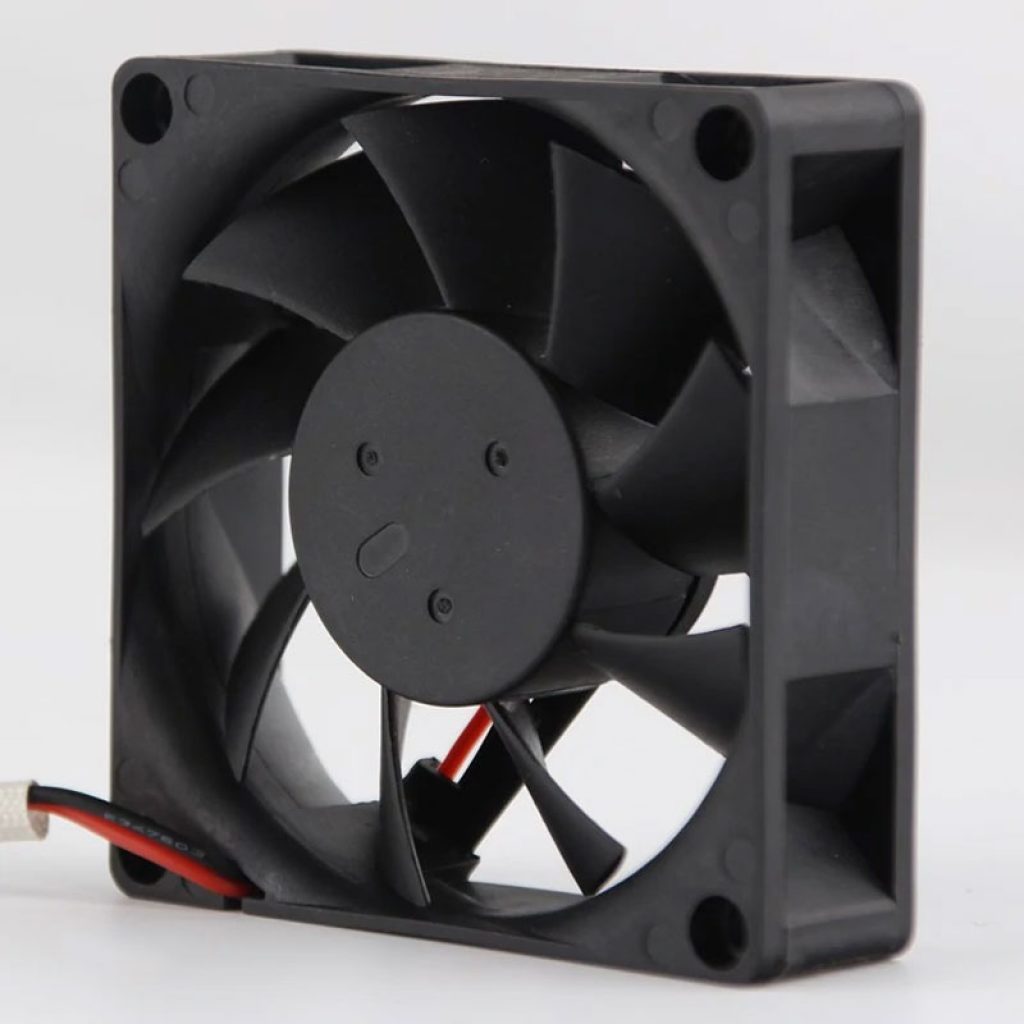
CPU Cooler Fan Manufacturer – Heatsink Fan Factory
Wonder was founded in Shenzhen, China in 2008. It is a high-tech enterprise specializing in R&D, production and sales of cooling fans. The produced DC fans, AC fans, blowers, waterproof/dustproof fans, EC variable frequency fans, DC cooling fans, automotive cooling fans, silent cooling fans, bracket cooling fans, turbocharged fans, DC cooling fans, DC centrifugal fans, DC blowers, blower manufacturers, new energy fans, brushless motors, etc., have been widely used in: communication equipment, UPS power supplies, medical equipment, electric welding machines, industrial control equipment, household appliances, air purification industry, automotive industry, projectors, beauty equipment , sports equipment and other industries.
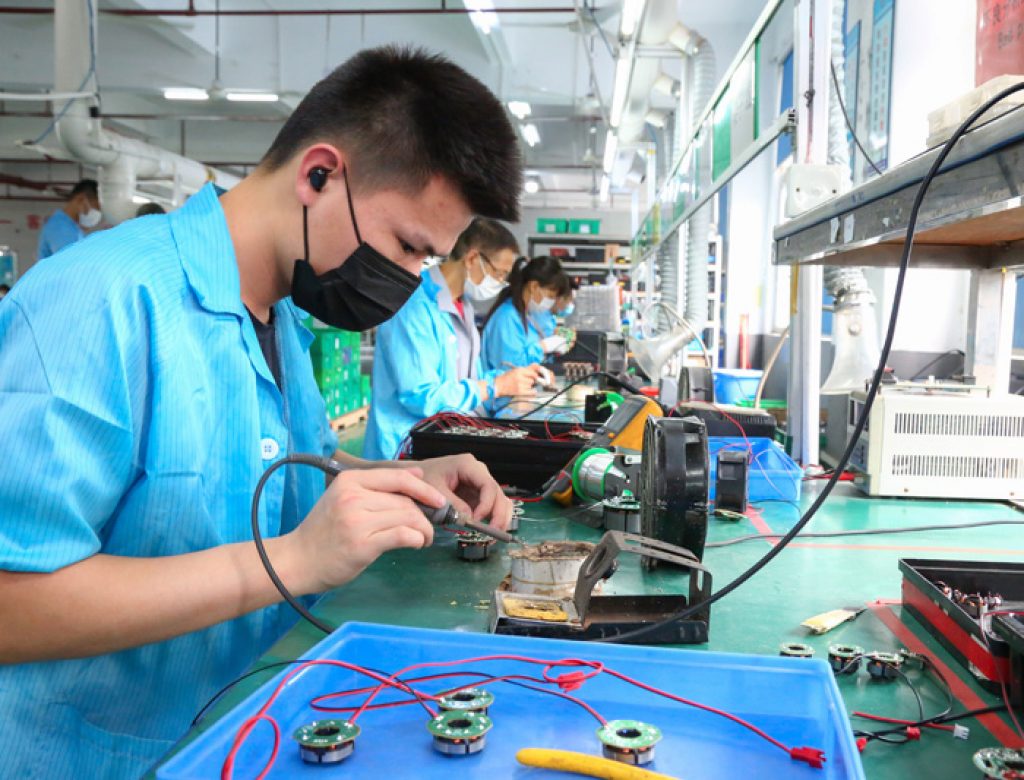
Wonder has a high-quality management talent and technology research and development team. The company has been committed to regular management, and has passed and strictly implemented ISO9001:2015 and IATF16949:2016 quality management system standards. About 260 excellent assemblers have adopted standardized production processes and implemented standardized operations, with an efficient monthly production capacity of more than 3 million units.
And has a complete quality inspection and control process, which fully guarantees the reliability and stability of the product. The company is guided by the needs of customers and the needs of the times. In order to better serve customers around the world, Wonder cooling fans have obtained a series of authoritative certifications: CE, FCC, UL, TUV, ROHS, etc.
More than 14 years of accumulated growth and heavy investment have successively introduced high-temperature aging equipment, constant temperature and humidity equipment, normal temperature aging equipment, salt spray testing machine, balance machine, anechoic chamber, PWM signal generator, digital oscilloscope, digital bridge and other high-end instruments The equipment fully guarantees the reliability and stability of the product.
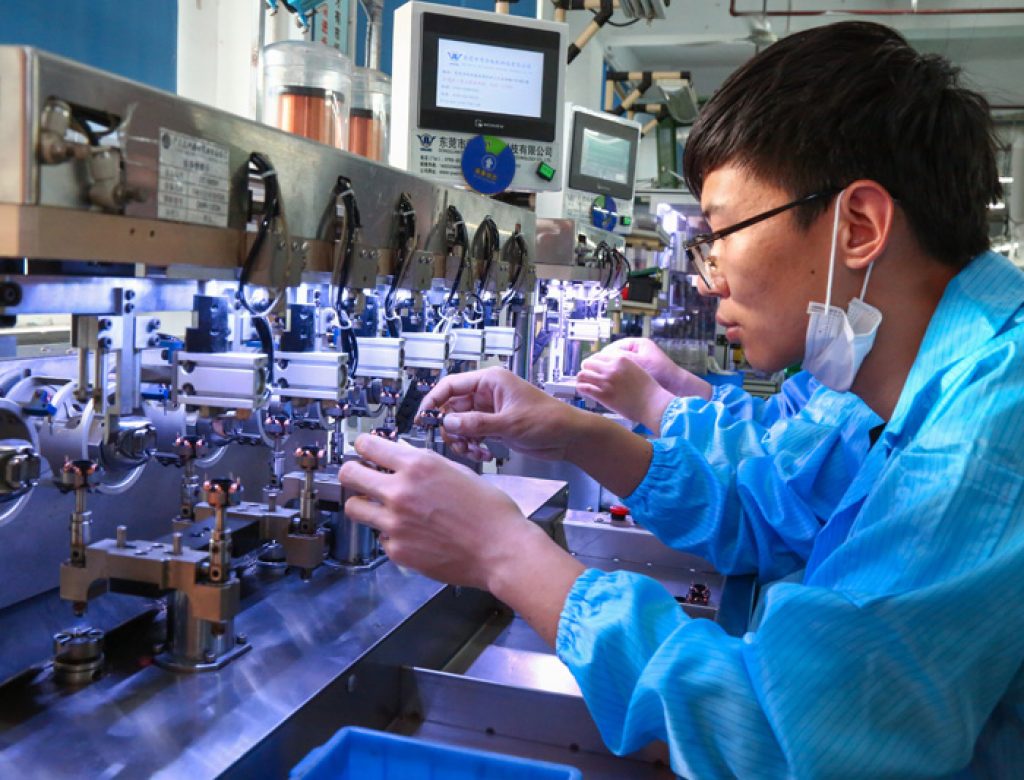
Wonder will continue to adhere to the principle of “talent-oriented, pursuit of excellence, continuous innovation, and common prosperity”, and continue to provide new and old customers with high-quality products and services.
The Product List Of CPU Cooler Fan
-
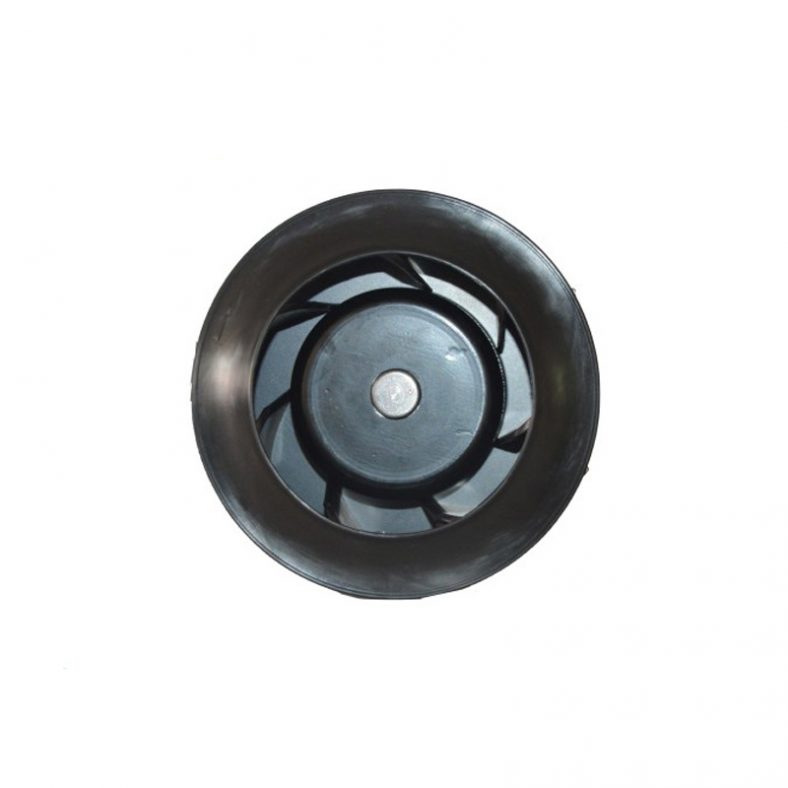
13381EC Centrifugal Fan
-
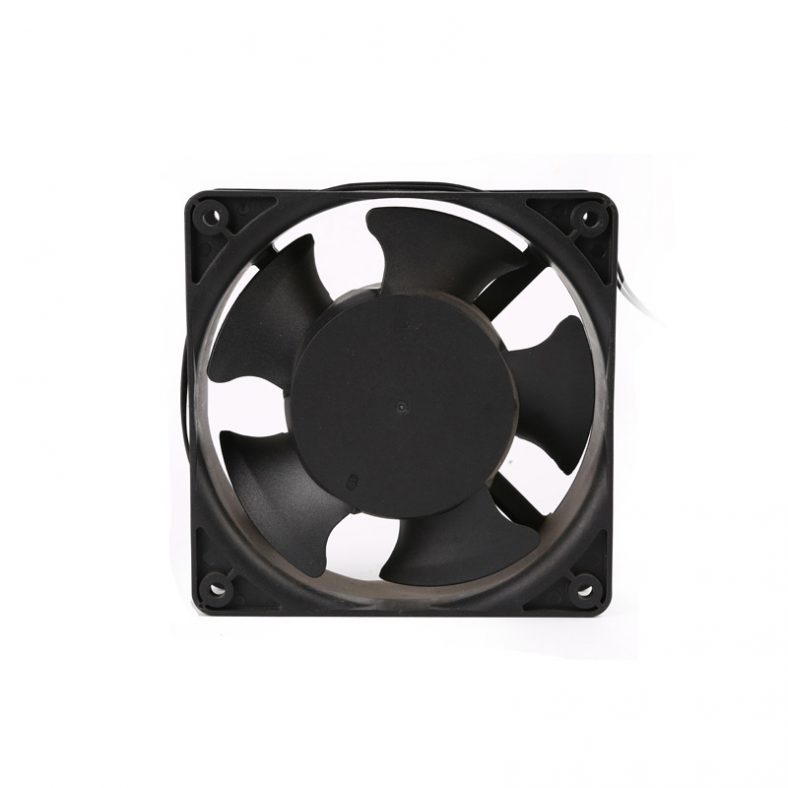
EC12038 AC Fan
-
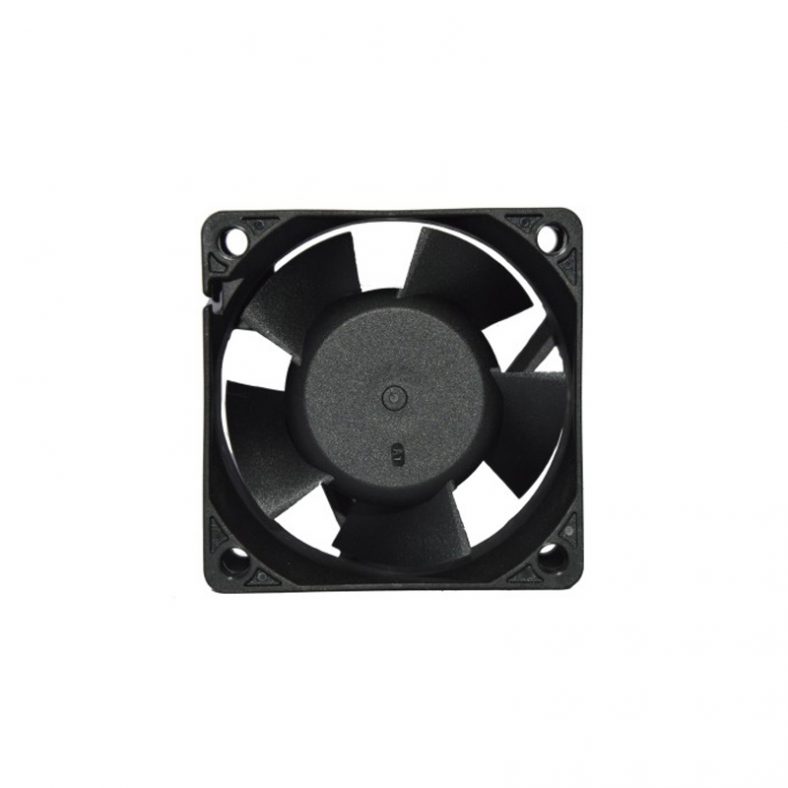
EC6025AC Fan
-
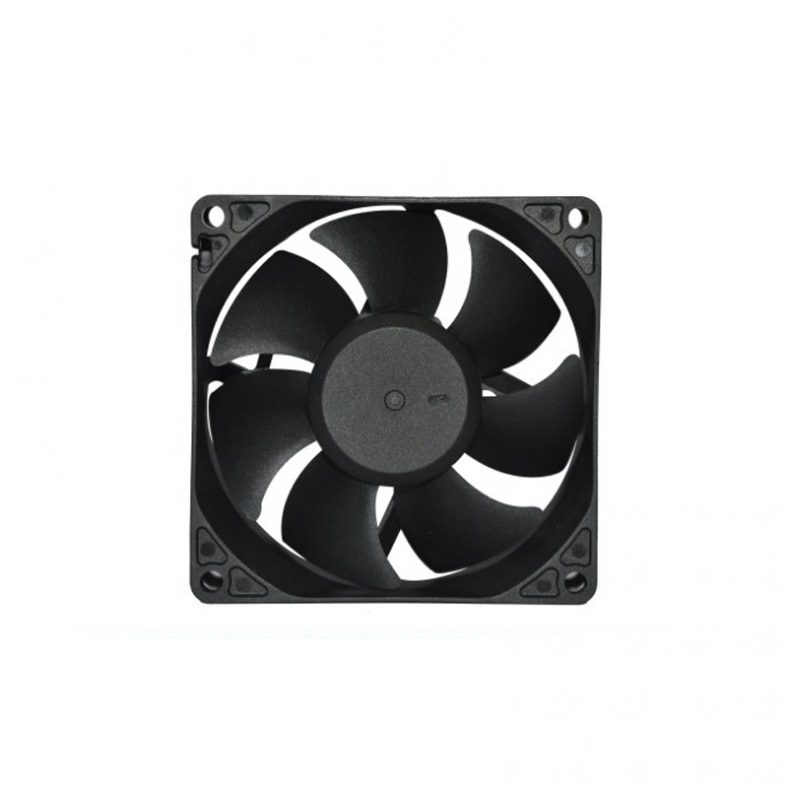
EC8025AC Fan
-
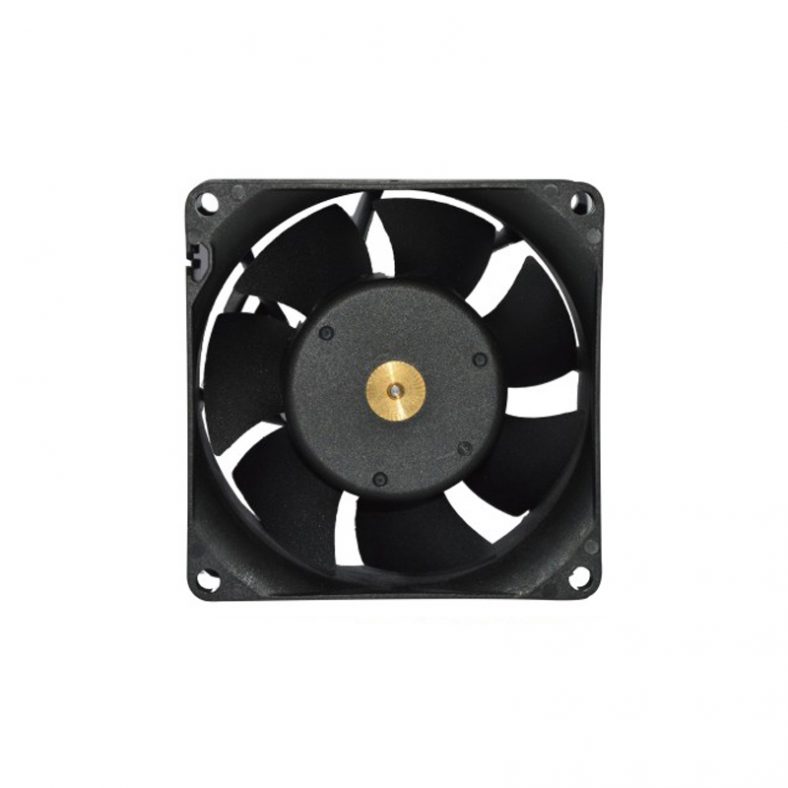
EC8038 AC Fan
-
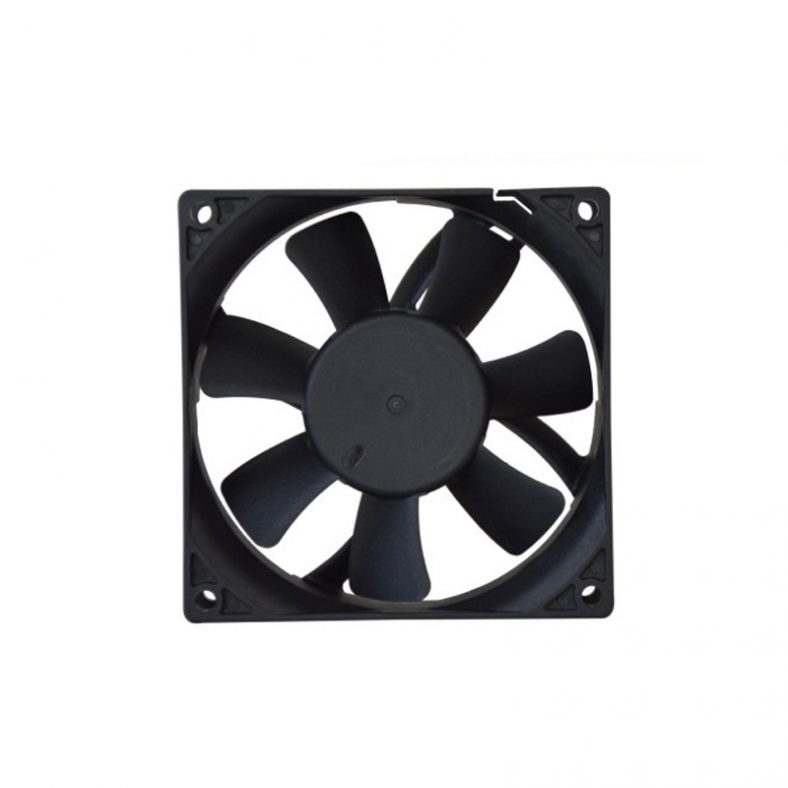
EC9225 AC Fan
-
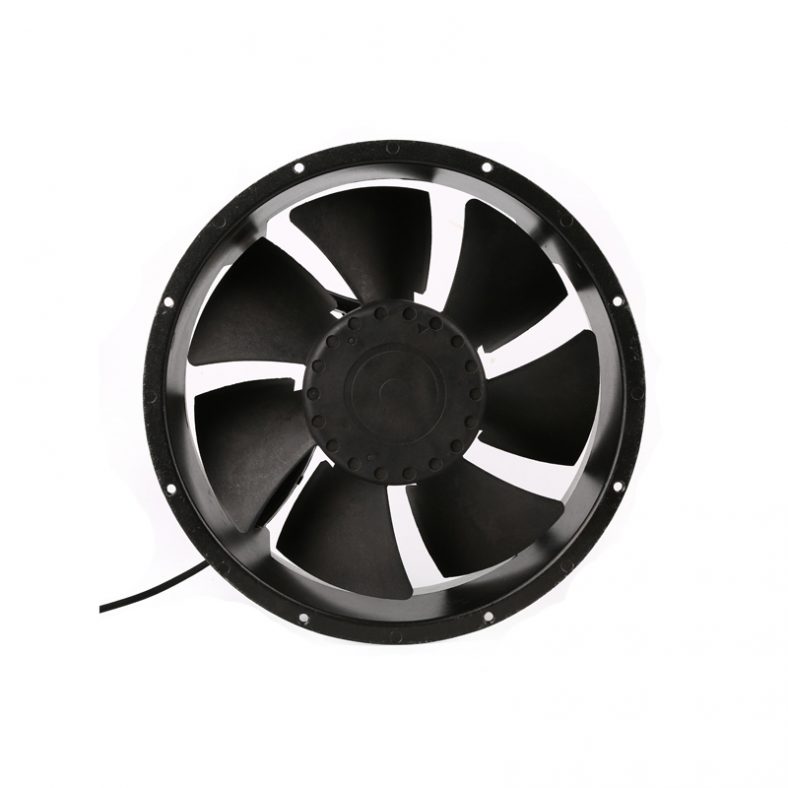
25489 DC Cooling Fan
-
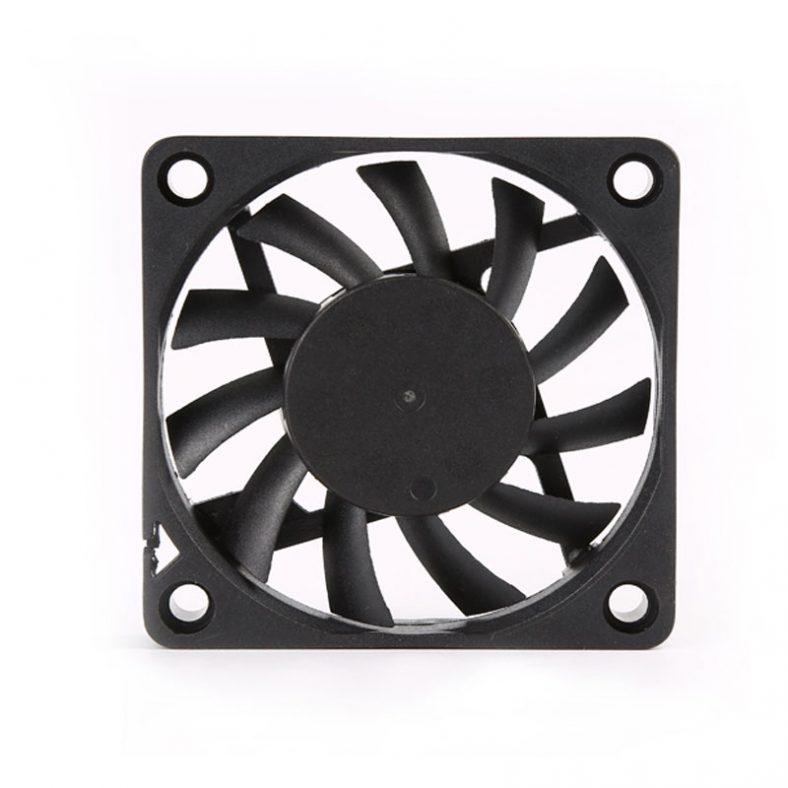
6010 DC Cooling Fan
-
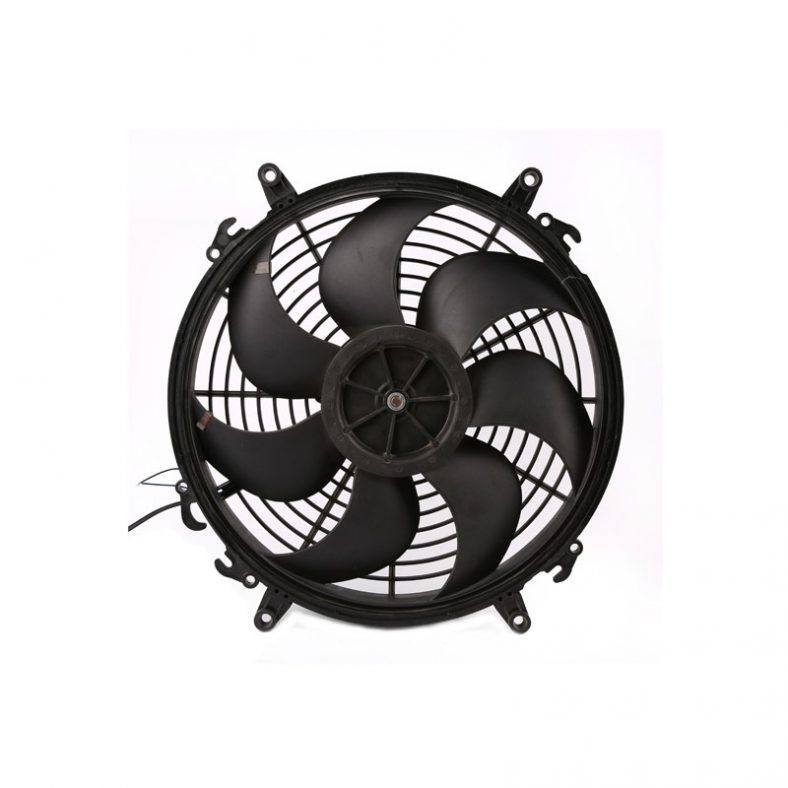
33083 DC Cooling Fan
-
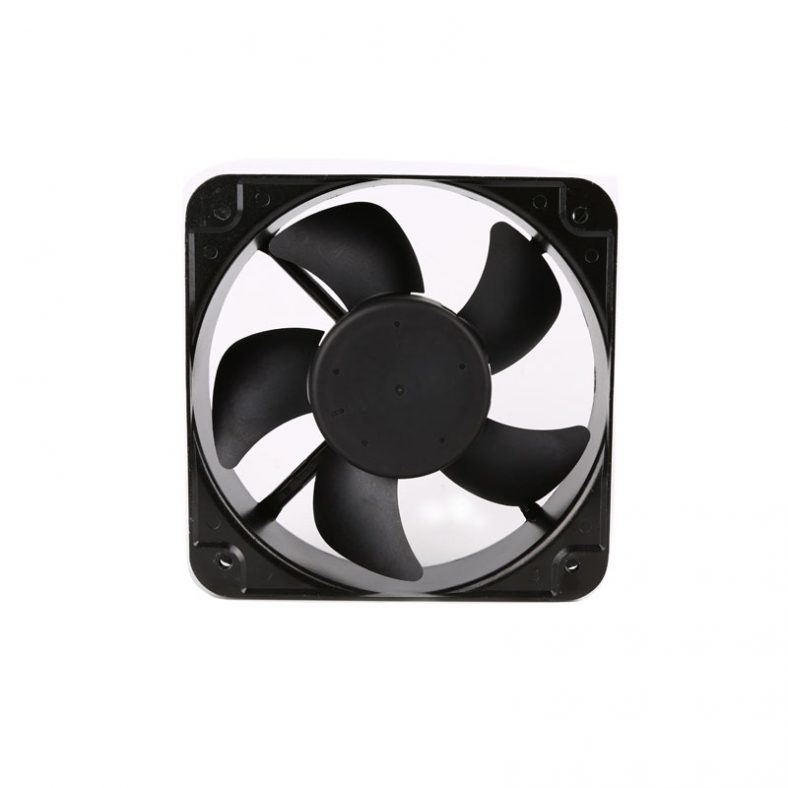
22060 DC Cooling Fan
-
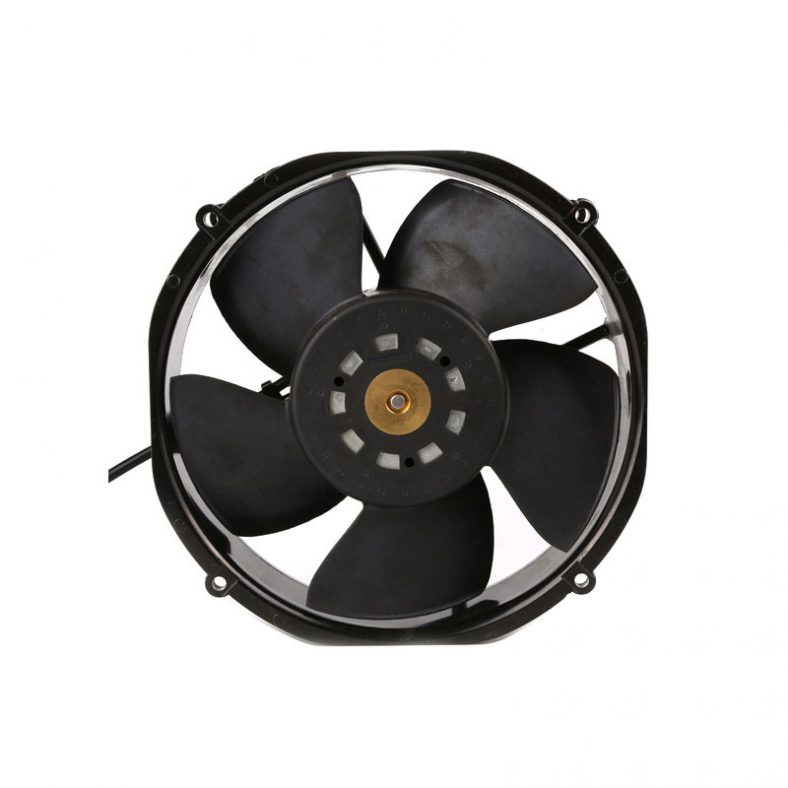
20053 DC Cooling Fan
-
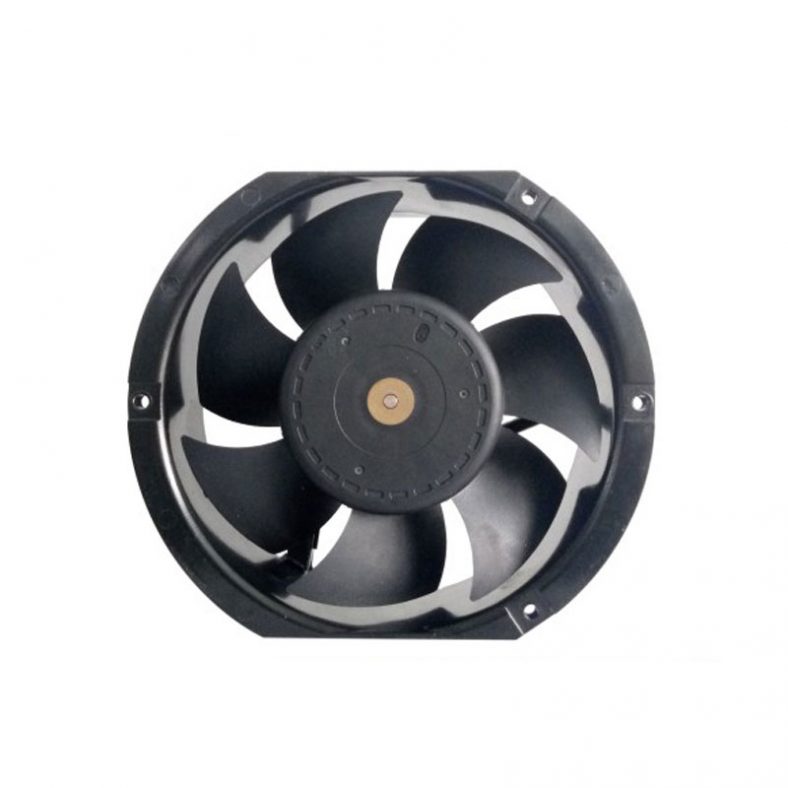
17251 DC Cooling Fan
-
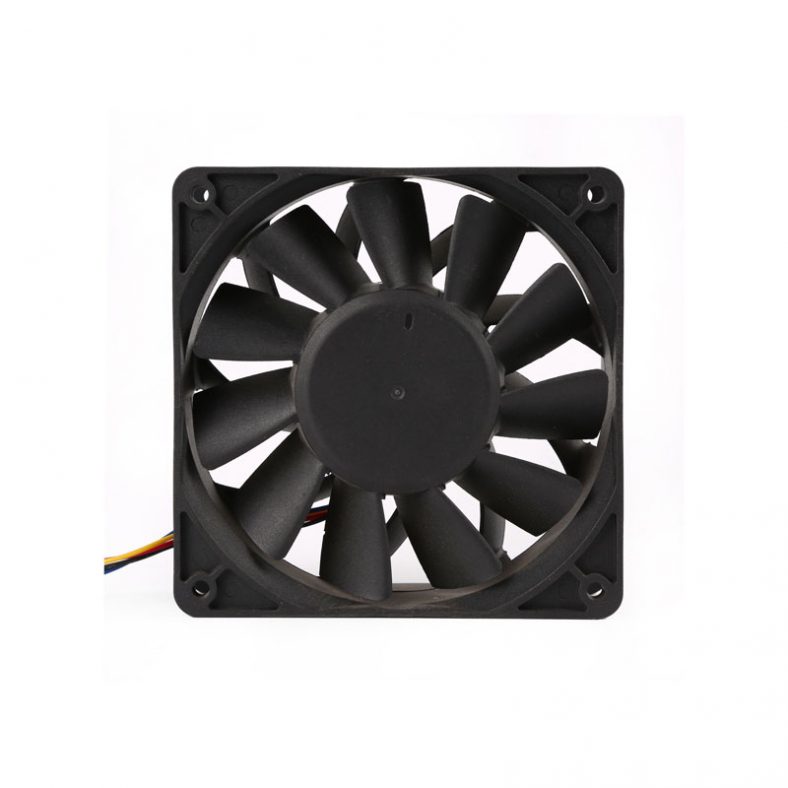
12038 DC Cooling Fan
-
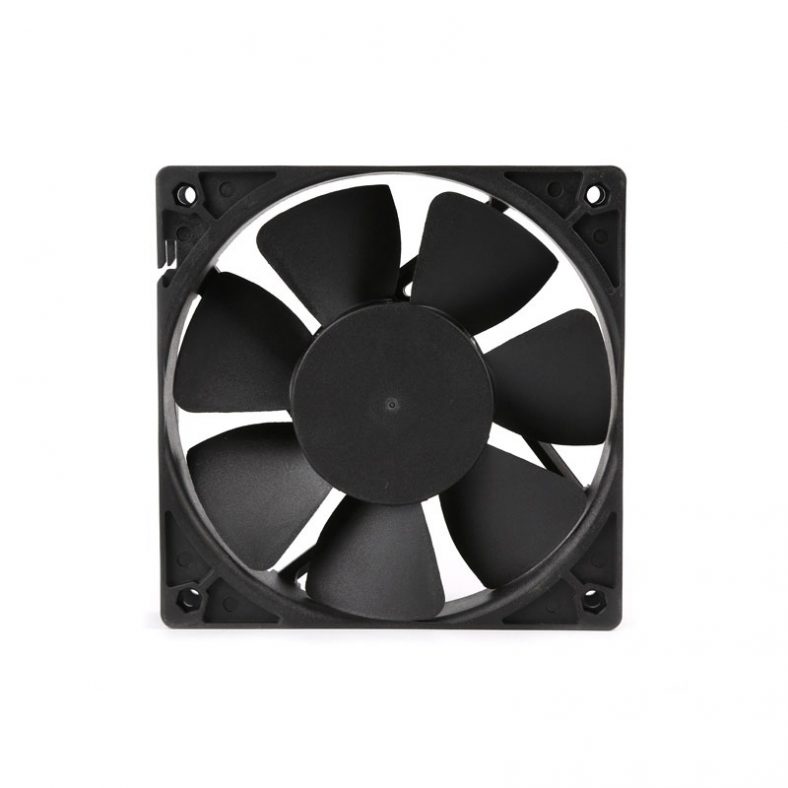
12025 DC Cooling Fan
The Classification Of CPU Heatsink Fan

Axial Fan
Features: High flow rate, moderate wind pressure
The blades of an axial fan push the air to flow in the same direction as the shaft. The impeller of the axial fan is somewhat similar to the propeller. When it is working, most of the airflow is parallel to the axis, in other words, along the axis. When the inlet air flow is free air with 0 static pressure, the axial flow fan has the lowest power consumption. When running, the power consumption will increase with the rise of the airflow back pressure. Axial fans are usually installed on cabinets of electrical equipment, and sometimes integrated on motors. Because of their compact structure, axial fans can save a lot of space and are easy to install, so they are widely used.
Centrifugal Fan
Features: limited flow rate, high wind pressure
When the centrifugal fan is working, the blades push the air to flow in a direction perpendicular to the axis (ie radial direction), the intake air is along the axis direction, and the air outlet is perpendicular to the axis direction. In most cases, the cooling effect can be achieved by using an axial fan. However, sometimes a centrifugal fan must be used if the airflow needs to be rotated by 90 degrees or when a large air pressure is required. Strictly speaking, the fan is also a centrifugal fan.
Mixed Flow Fan
Its characteristics: high flow rate and relatively high wind pressure
Mixed-flow fans are also known as diagonal flow fans. At first glance, mixed-flow fans are no different from axial-flow fans. In fact, the intake of mixed-flow fans is along the axis, but the outflow is along the diagonal direction of the axis and the vertical axis. This kind of fan has higher wind pressure due to the conical shape of the blades and the cover, and the noise of the centrifugal fan is lower than that of the axial flow fan under the same size and other comparable performance.
Cross Flow Fan
Features: Low flow rate, low wind pressure
Cross-flow airflow creates a large area of airflow and is often used to cool large surfaces of equipment. The inlet and outlet of this fan are perpendicular to the axis (Figure 1). The cross-flow fan uses a relatively long barrel-shaped fan impeller to work. The diameter of this barrel-shaped fan blade is relatively large. Because of the large diameter, a relatively low speed can be used on the basis of ensuring the overall air circulation, so as to , reduce the noise caused by high-speed operation.
The Bearing Structure Of CPU Heatsink Fan
Common bearings for cooling fans are: ball bearings, oil-impregnated bearings, and magnetic suspension bearings.
Ball Bearing
Ball Bearing changes the friction mode of the bearing, adopts rolling friction, and there are some steel balls or steel columns between the two iron rings, supplemented by some grease lubrication. This method more effectively reduces the friction between the bearing surfaces, effectively improves the service life of the fan bearing, and thus reduces the heat generation of the radiator and prolongs the service life. The disadvantage is that the process is more complicated, resulting in increased cost and higher working noise.
Oil Bearing
Sleeve Bearing is a sleeve bearing that uses sliding friction and uses lubricating oil as a lubricant and drag reducing agent. It can be said that it is the most common bearing technology on the market. Due to its low cost and simple manufacturing, many products, including well-known brands, are still in use. Its advantages are quiet, low noise and low price during initial use.
Magnetic Bearing
Magnetic bearing (Magnetic Bearing) motor adopts Magnetic System (MS) design, which uses magnetic force to suspend the rotor in the air, so that there is no mechanical contact between the rotor and the stator. The principle is that the magnetic induction line is perpendicular to the magnetic levitation line, and the shaft core and the magnetic levitation line are parallel, so the weight of the rotor is fixed on the running track. The rotor is suspended on a fixed running track. Compared with traditional ball bearings and oil-impregnated bearings, magnetic bearings have no mechanical contact, and the rotor can run to a very high speed. It has the advantages of low mechanical wear, low energy consumption, low noise, long life, no lubrication, and no oil pollution. , especially suitable for high-speed, vacuum, ultra-clean and other special environments. In fact, magnetic levitation is only an auxiliary function, not an independent bearing form. The specific application must be matched with other bearing forms, such as magnetic levitation + ball bearing, magnetic levitation + oil bearing, magnetic levitation + vaporized bearing, etc.
The Technical indicators Of CPU Heatsink Fan
Cooling fans are widely used in computers, communication products, optoelectronic products, consumer electronics, automotive electronic equipment, switches, medical equipment, heaters, air conditioners, frequency converters, teller machines, car freezers, welding machines, induction cookers, audio equipment, environmental protection Equipment, refrigeration equipment and other traditional or modern equipment. The technical indicators of the cooling fan are as follows:
Air Volume
Air volume refers to the total volume of air discharged or incorporated by the cooling fan per minute. If it is calculated in cubic feet, the air volume unit is CFM; if it is calculated in cubic meters, it is CMM. The air volume unit often used by cooling fans is CFM (about 0.028 cubic meters per minute).
The air volume is the most important indicator to measure the cooling capacity of the cooling fan. Obviously, the larger the air volume, the higher the cooling capacity of the cooling fan. This is because the heat capacity ratio of the air is constant, and a larger air volume, that is, more air per unit time, can take away more heat. Of course, in the case of the same air volume, the heat dissipation effect is related to the flow of the wind.
Wind Pressure
Air pressure and air volume are two relative concepts. Generally speaking, under the consideration of cost saving by manufacturers, to design a fan with a large air volume, it is necessary to sacrifice some air pressure. If the fan can drive a lot of air flow, but the wind pressure is small, the wind cannot blow to the bottom of the radiator (this is why some fans rotate at high speed and the air volume is large, but the heat dissipation effect is not good), on the contrary, High wind pressure often means that the air volume is small, and there is not enough cold air to exchange heat with the heat sink, which will also cause poor heat dissipation.
Speed Of The Fan
Fan speed refers to the number of times the fan blades rotate per minute, and the unit is rpm. The fan speed is determined by the number of turns of the coil in the motor, the working voltage, the number of fan blades, the inclination angle, the height, the diameter and the bearing system. There is no necessary connection between speed and fan quality. The rotational speed of the fan can be measured by the internal rotational speed signal, or it can be measured externally.
With the change of application conditions and ambient temperature, different speed fans are sometimes required to meet the needs. Some manufacturers have specially designed cooling fans with adjustable fan speed, which are divided into manual and automatic. The main purpose of manual is to allow users to use low speed in winter to obtain low noise, and use high speed in summer to obtain good cooling effect. The automatic thermostat radiator generally has a temperature control sensor, which can automatically control the speed of the fan according to the current working temperature. If the temperature is high, the speed will be increased, and if the temperature is low, the speed will be reduced to achieve a dynamic balance and reduce wind noise. Maintain an optimal combination with the heat dissipation effect.
Fan Noise
In addition to the cooling effect, the working noise of the fan is also a common concern. Fan noise is the size of the noise generated by the fan when it is working. It is affected by many factors, and the unit is decibel (dB). When measuring the noise of the fan, it needs to be carried out in an anechoic chamber with a noise of less than 17dB, one meter away from the fan, and aligned with the air inlet of the fan along the direction of the fan shaft, and the A-weighted method is used for measurement. The spectral characteristics of fan noise are also very important, so it is also necessary to use a spectrum analyzer to record the noise frequency distribution of the fan. Generally, the noise of the fan should be as small as possible, and there should be no abnormal sound.
Fan noise is related to friction and air flow. The higher the fan speed and the larger the air volume, the louder the noise will be. In addition, the vibration of the fan itself is also a factor that cannot be ignored. Of course, the vibration of a high-quality fan will be very small, but the first two are difficult to overcome. To solve this problem, we can try to use a larger size fan. In the case of the same air volume, the working noise of the large fan at low speed should be smaller than that of the small fan at high speed. Another factor that we tend to ignore is the bearing of the fan. When the fan rotates at high speed, there is friction and collision between the shaft and the bearing, so it is also a major source of fan noise.




